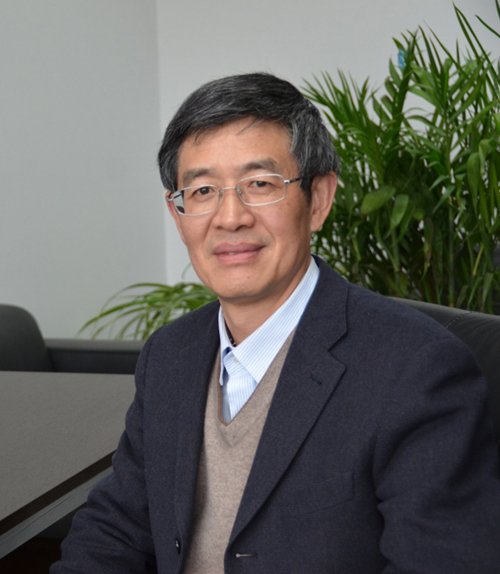第五十四期水木清华生命科学讲座系列

陈晓亚,1955年出生于江苏省扬州市,1982年毕业于南京大学生物学系,1985年获英国Reading大学植物学博士。现为中国科学院上海生命科学研究院植物生理生态研究所研究员,上海辰山植物科学研究中心主任。 陈晓亚博士主要从事植物次生代谢、表皮毛和棉纤维发育研究,系统解析了棉酚生物合成途径和拟南芥、青蒿等植物的萜类生物合成调控机制,关键转录因子及相关microRNA对次生代谢途径、表皮毛发育与分布、棉纤维伸长、棉花色素腺体发育的调控,分析了棉铃虫对棉酚等次生代谢物的适应性形成机制,发展了植物介导的RNA干扰抗虫新技术。2005年当选中国科学院院士,2008年入选发展中国家科学院(TWAS)院士,2008年获“何梁何利奖”。
Topic: 植物次生代谢与抗虫
Speaker:
Xiao-Ya Chen, Ph.D.
Professor, Institute of Plant Physiology and Ecology,
Shanghai Institutes for Biological Sciences,
Chinese Academy of Sciences, Shanghai
Abstract:
During evolution plants have developed specialized (secondary) metabolic pathways and trichomes in adaptation to environments and defense against herbivores and pathogens. The small molecular weight secondary metabolites, many of which benefit human health, often accumulate in specific structures, such as glands and glandular trichomes. We found that the miR156-targeted SPLs are involved in spatial control of trichome distribution, as well as the age-related biosynthesis of plant secondary metabolites; this regulation pattern is affected by the miR171-regulated LOMs through interaction between the transcription factors targeted by these two timing microRNAs.
Various secondary metabolites mediate the complicated plant-insect interactions. For example, while gossypol acts as the phytoalexin of cotton against herbivores, cotton bollworm has used gossypol to develop its own defense systems, including in particular the P450s, which provide the molecular basis for the insect resistance to not only plant chemicals but also man-made agrochemicals. Based on this finding, we engineered plant to express double stranded RNAs to target bollworm P450 genes, which pioneered the development of new generation technology for plant protection.
日期:4月21日(周五)14:50-15:50
地点:清华大学生物新馆143
